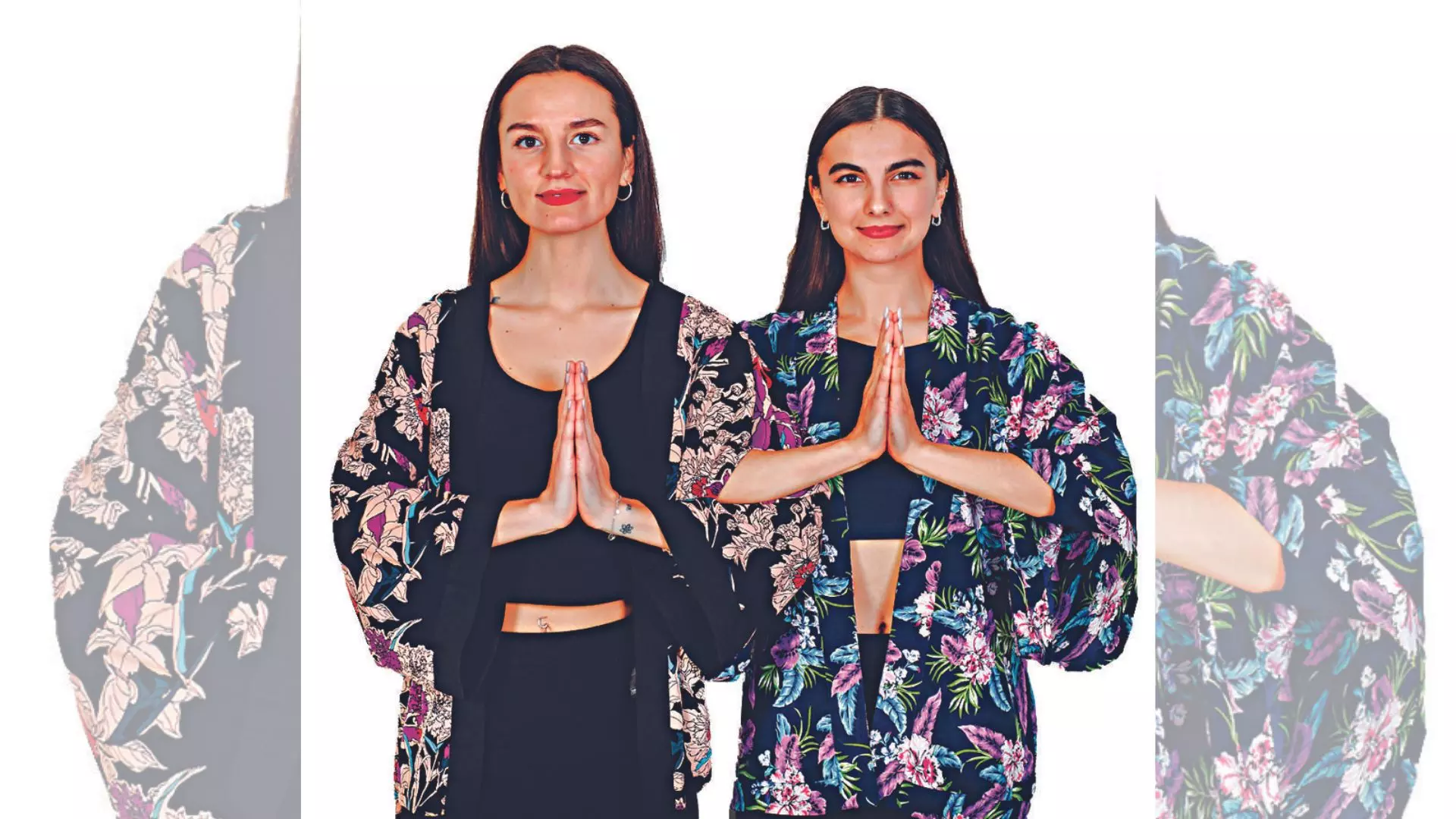Namaste Digi Spaces

Namaste, a seven-lettered word but one that carries a deeply-rooted meaning. It’s far from being a casual greeting. While the gesture of Namaste has been practised since time immemorial, it has now found its way into the digital space. Many Indians have now started replacing the casual ‘Hi, Hello’ with a warm yet respectful Namaste in their emails, messages, and even calls.
A gesture, deeply ingrained in the rich history of India’s composite culture. Derived from Sanskrit, Namaste is a combination of two words — ‘Namah’ which means ‘bow’ and ‘te’ which means ‘to you’. In today’s interconnected world, world leaders, celebrities, and even the aam janta have one thing in common – a warm Namaste. A simplistic translation of the word Namaste here would imply, ‘The divine in me bows to the divine in you!’
The practice of Namaste reflects cultural values of humility, interconnectedness, unity, and a feeling of being grounded. “For connecting, we often resort to showing respect to the cultural roots of others, in a way indicating that we are like them,” says Khyati Bhatt, a body language consultant and Founder of Simply Body Talk. It serves as a pathway for people from different cultures to connect with Indians with a warm Namaste. Khyati points out that brands with Indian roots aligned to their products and offerings would want to showcase their brand’s rich, cultural heritage through the ‘proud and open usage’ of the term Namaste. This she believes could be a common occurrence for companies and individuals both.
Body Language
As one dives further into the significance of such gestures, one is presented with a plethora of information — both fascinating and alluring. Walking through the gigantic history of the word Namaste, as one finds references in Sanskrit, one would know that this gesture we profoundly recognize as ‘Namaste’ is also known as ‘Hrdayanjali mudra’ that translates to reverence from the heart or ‘Atmanjali mudra’ that means reverence from the soul. Simply put, there is both humility and respect in the word, Namaste!
Shedding light on its cultural significance in terms of a bodily gesture, Khyati adds, “The bow that completes the Namaste helps to show respect to the other since you are lowering your status (by bowing) in front of the other, while yet maintaining some form of eye contact and a soft smile.”
Digi Greetings
“Many of us are so terribly colonised in our heads or the impact of English is so strong that we still stick to the Hello Hi, Good Morning,” says Dr. Ivan John, a Sociology teacher from Mumbai. He adds, “Even though we do use English, the word ‘Namaste’ still comes across as having a very strong Indian flavour.”
Khyati shares, “I am sure the foreigners too, who visit such spaces get used to this Namaste and hence start using such terms and gestures with Indians they come across.”
Dr. Ivan says that many westerners are borrowing this symbol just as they’re borrowing yoga and taking it further because of its intrinsic value and benefits. Unsure if it is a trend or fad. Namaste is not restricted to the notion of time, be it morning, evening or even night.
Many of us are so terribly colonized, in our heads or the impact of English is so strong that we still stick to the Hello, Hi, Good Morning.” — Dr. Ivan John, Sociology teacher, Mumbai
The bow that completes the Namaste helps to show respect to the other since you are lowering your status (by bowing) in front of the other, while yet maintaining some form of eye contact and a soft smile.” — Khyati Bhatt, body language consultant, founder, Simply Body Talk

